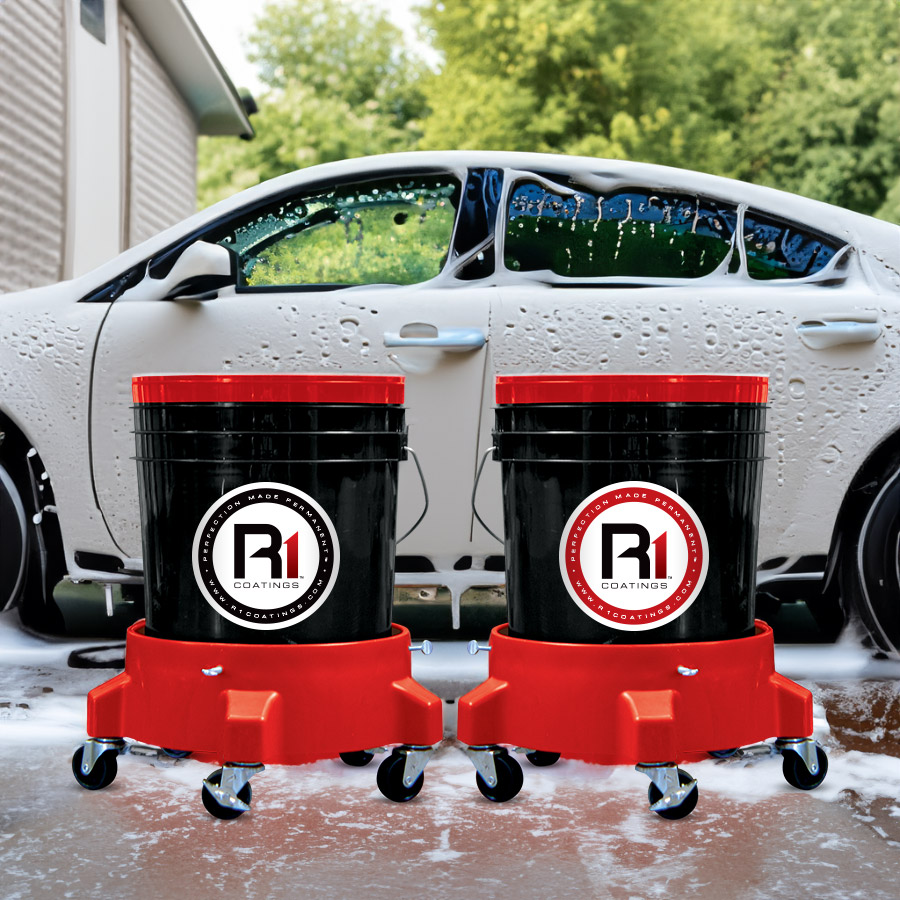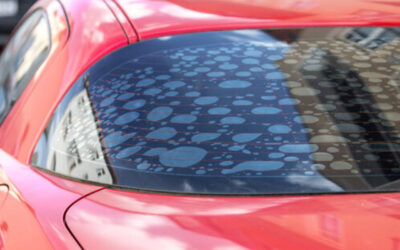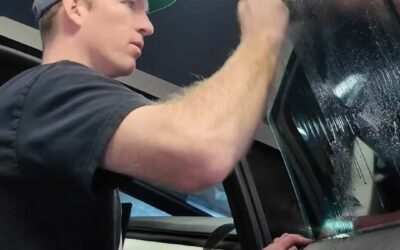Washing your car at home can be a rewarding and efficient way to keep your vehicle looking its best while ensuring its longevity. One of the safest and most effective techniques for washing your car without causing damage is the two-bucket method. This approach, combined with the right tools and timing, can significantly enhance the effectiveness of your wash while being gentle on your car’s paint. Here’s a comprehensive guide on how to wash your car at home using this method.
Tools Needed:
- Two Buckets: One for your clean, soapy water and the other for rinsing your wash mitt or pad.
- Quality Car Wash Soap: Choose a pH-balanced soap specifically designed for cars to avoid damaging the paint or any protective coating.
- Wash Mitt or Pad: A soft, high-quality wash mitt or pad will help avoid scratching the paint.
- Wheel Brush: A dedicated brush for cleaning tires and wheels, which are often dirtier.
- Microfiber Towels: Absorbent and soft, these towels are perfect for drying your car without leaving scratches.
Step-by-Step Car Washing Guide:
Step 1: Prepare Your Supplies
Fill one bucket with clean water and the other with a mixture of water and car wash soap. Ensure you have all your tools at hand before you begin.
Step 2: Wash Wheels First
Start with your wheels and tires since they are typically the dirtiest part of your car. Use the wheel brush and a bit of soapy water from your bucket to scrub them clean, then rinse thoroughly. This prevents transferring grime from the wheels to the car’s body.
Step 3: Wash the Car Body
Dip your wash mitt or pad into the soapy water and apply it to the car body in a gentle, circular motion. Start from the top and work your way down, re-dipping the mitt in the soapy water as needed. After every few passes, rinse the mitt in the clean water bucket to remove any dirt before going back to the soap bucket. This two-bucket method minimizes the risk of scratching the paint by keeping the dirt out of your soapy water.
Step 4: Rinse the Car
After you have washed the entire car, rinse off the soap with a hose. Ensure you remove all suds to prevent soap residue from drying on the paint, which can cause spots.
Step 5: Dry Your Car
Using large absorbent microfiber towels, carefully dry your car to avoid water spots. Gently wipe the surface with the towel, being cautious not to drag any remaining dirt across the paint. For an even safer and more effective drying method, consider using an air blower designed specifically for car drying, which can quickly remove water without touching the car’s surface.
Best Car Washing Times:
- Early Morning or Late Afternoon: It’s best to wash your car when the sun is not high in the sky. This helps prevent the quick evaporation of water, which can leave spots and streaks.
- In the Shade: If possible, wash your car in a shaded area. This also reduces the chances of water spots and makes the washing process more effective and enjoyable.
Additional Car Washing Tips:
- Regular Maintenance: Washing your car regularly helps maintain the paint and finish over time.
- Use Proper Techniques: Always use gentle motions when washing and drying your car to prevent swirl marks and scratches.
- Safety First: Ensure you’re using products safe for automotive use to protect your car’s finish and your own health.
Conclusion
Washing your car at home using the two-bucket method is a simple yet highly effective way to keep your car clean without risking damage to the paint. By choosing the right tools and time of day, and following the steps outlined above, you can achieve professional-quality results right in your driveway. Regular, careful washing not only maintains the aesthetic appeal of your vehicle but also contributes to its longevity and value. Contact us today to learn how you can make your home car washing routine even easier with protective services such as ceramic coating and paint protection film.







0 Comments